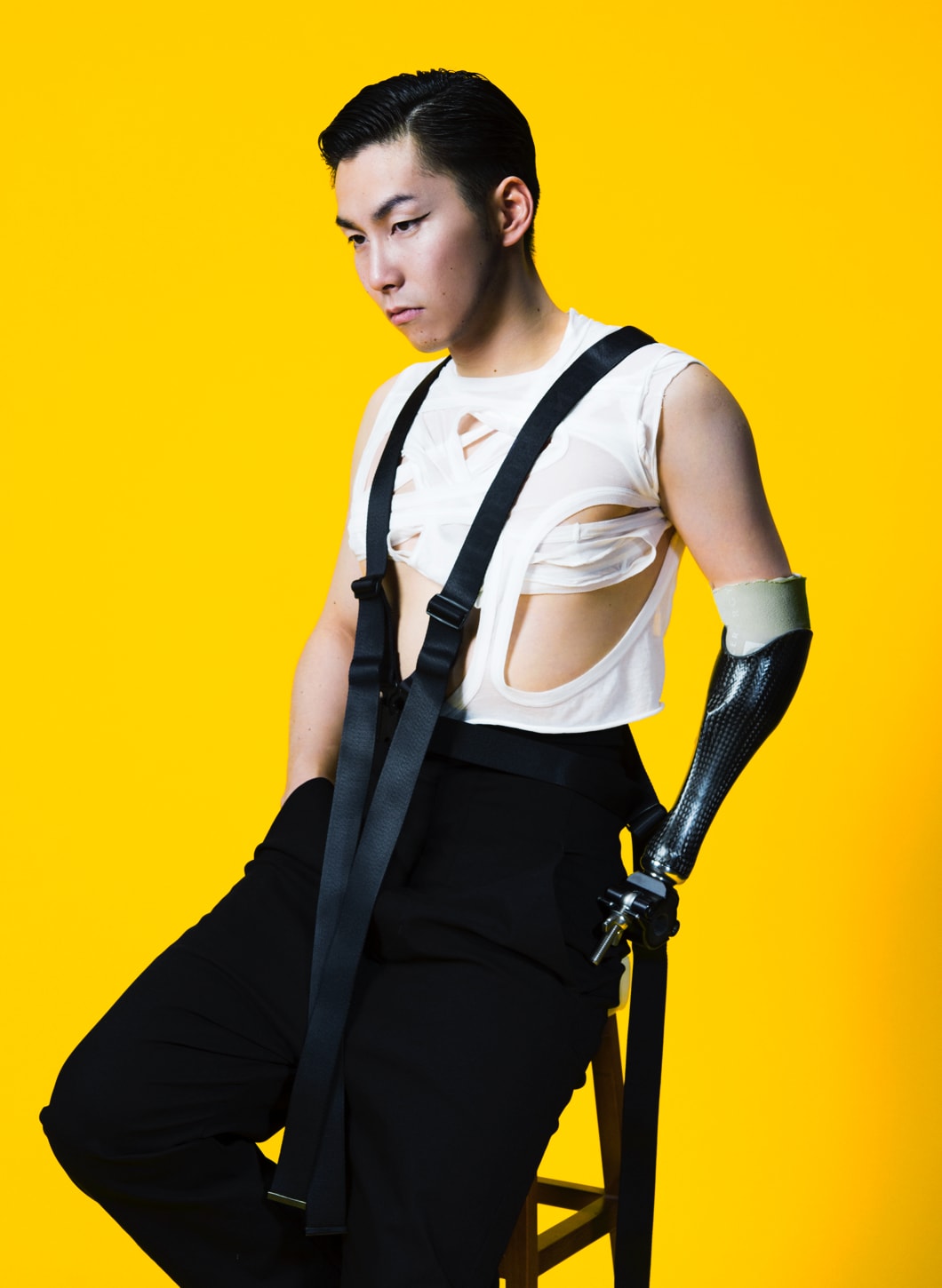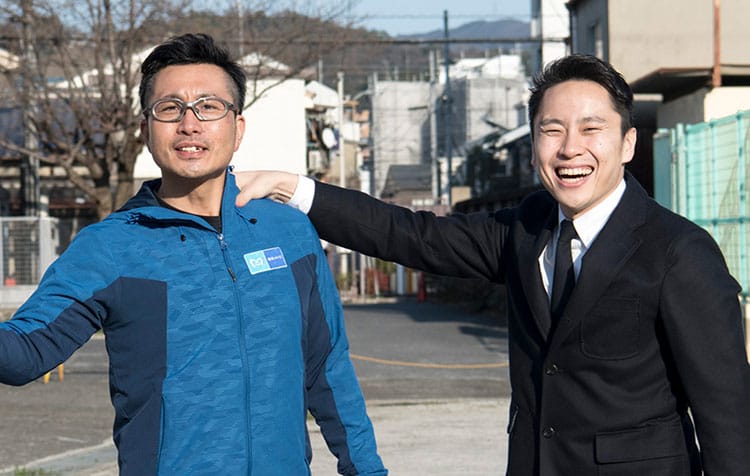
Naoki YASU ×
Wheelchair Fencing
Yuki OTA
Federation Japonaise D'escrime
Photographs by Keijiro KAI │ Interview & Text by Satoshi TAGUCHI
- Diversity of Thoughts Between Setting Up and Attacking
- From “En Garde” to “Allez”: The Myriad of Thoughts in That Singular Moment
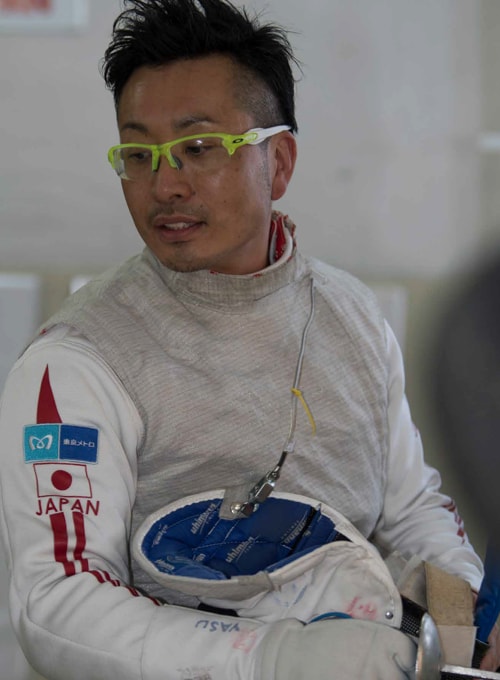
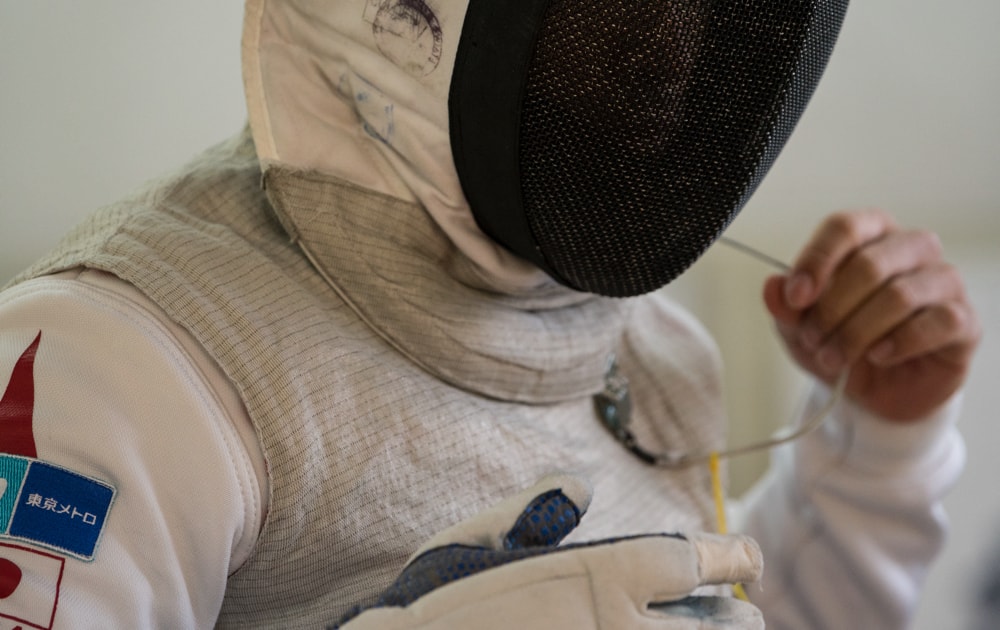
But Actually Similar
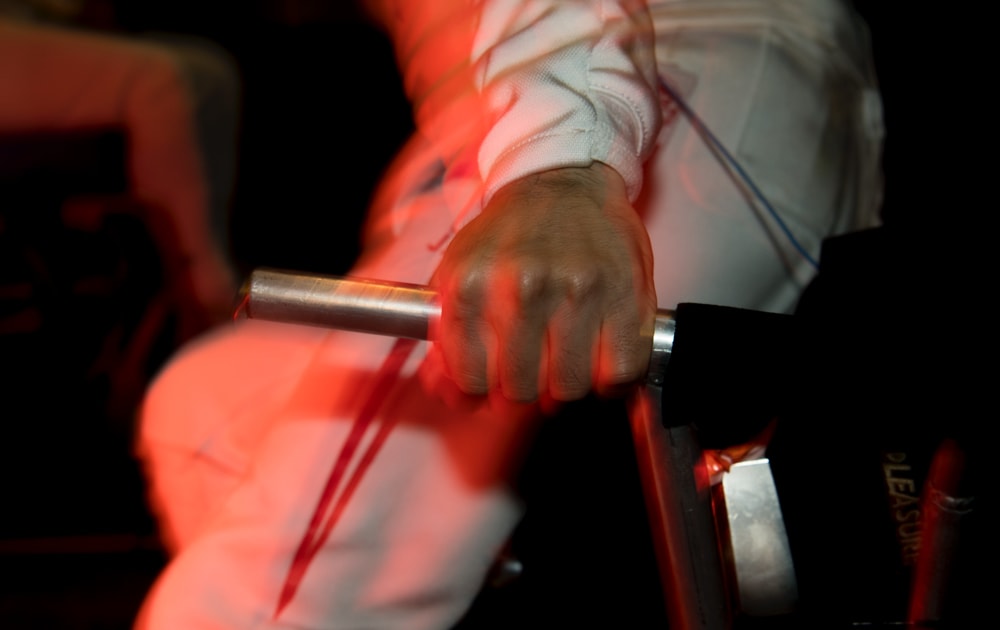
Supercompensation—The Faintest Glimmer of Understanding
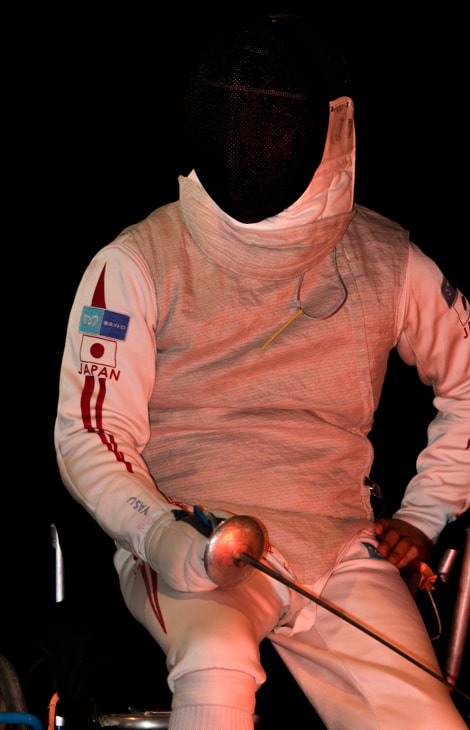
The Necessity of Athletic Reform for Further Development
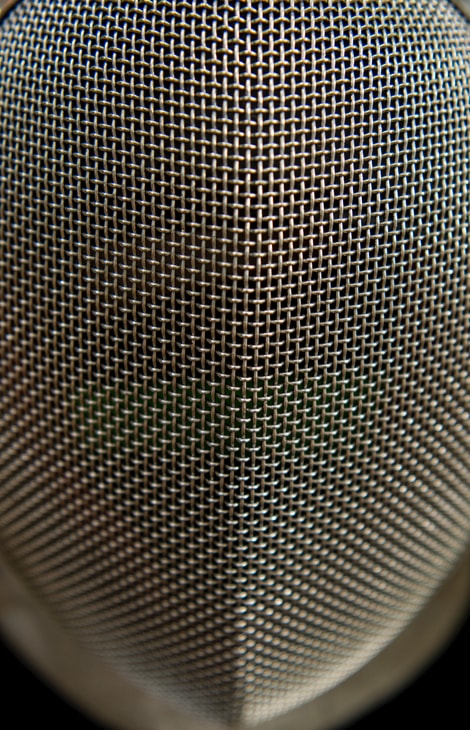
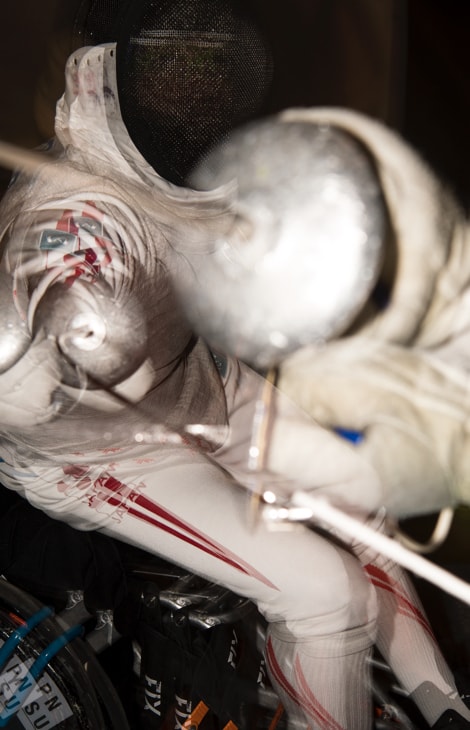
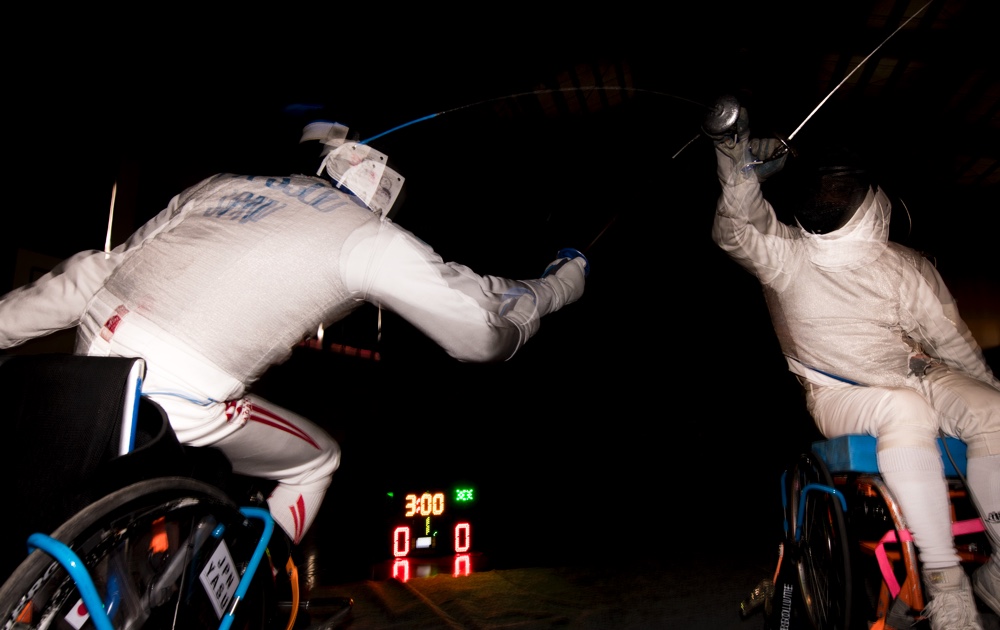
Towards Success in the Tokyo Paralympics
Head coach for Japan’s wheelchair fencing team since 2016. Born in Hong Kong in 1980. Famous fencer who has won five gold medals, as well as one silver and one bronze medal (sabre and foil events, individual and group events) at the Sydney and Athens Paralympics. Lives in Kyoto.
Fencing is divided into three events, with different weapons and rules. In foil, fencers use a relatively lightweight sword, and must hit their opponent’s target area (torso) with the tip of their blade while they have right-of-way. Epee is closer to a traditional duel, with a heavier sword and the entire body as a target. In sabre, fencers must follow right-of-way rules, but the target area is everything above the waist, with hits from any part of the blade (not just the tip) counting towards the score.
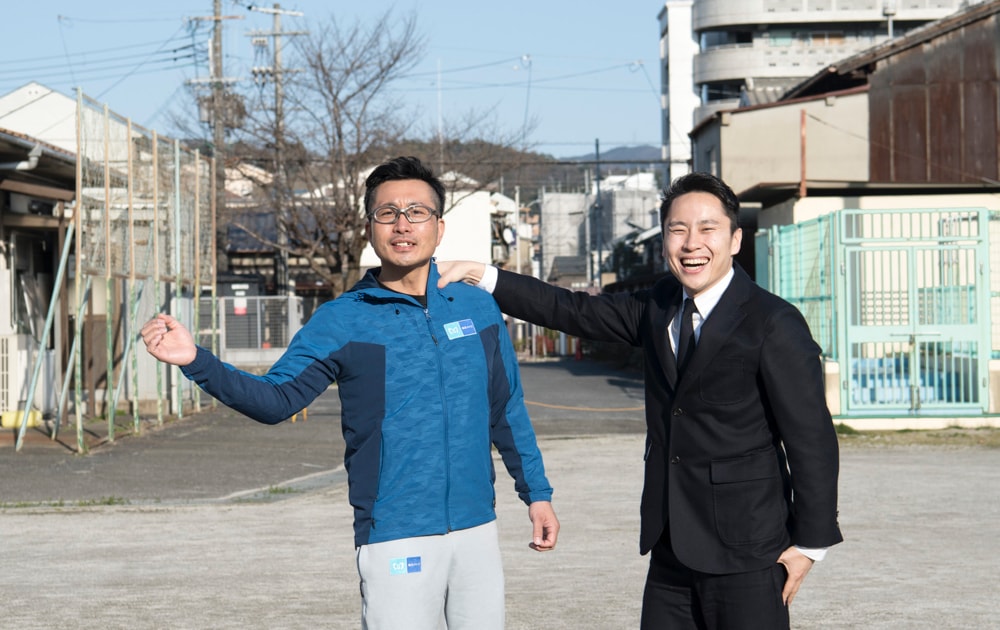
Naoki YASU
Born in 1977 in Hitachinaka City, Ibaraki Prefecture. When he was 14, a surgical error left him with serious difficulties with his left hip. Later, he became passionately involved in wheelchair basketball. Was selected as the MVP of the Japan Wheelchair Basketball Championship, competed in the Athens Paralympics, and joined the professional league in Italy, becoming one of Japan’s most well-known wheelchair basketball players. Switched over to wheelchair fencing in March 2015, and is aiming for a medal at the Tokyo 2020 Paralympics.
Yuki OTA
Born in 1985 in Kyoto Prefecture. Grew up in Shiga Prefecture. Started fencing in elementary school, and as he grew up, won repeat national titles in each age bracket. Won the All Japan Fencing Championships in his second year of high school, and has had a long reign as Japan’s top fencer. Won the silver medal for the men’s foil individual event in the 2008 Beijing Olympics, and a silver medal for the men’s foil group event in the 2012 London Olympics—both a first for Japan. Has served as the President of the Federation Japonaise D'Escrime since 2017.


